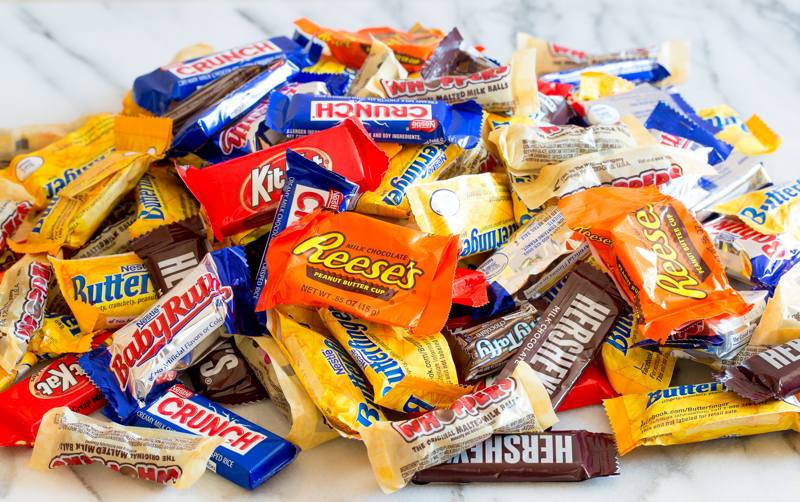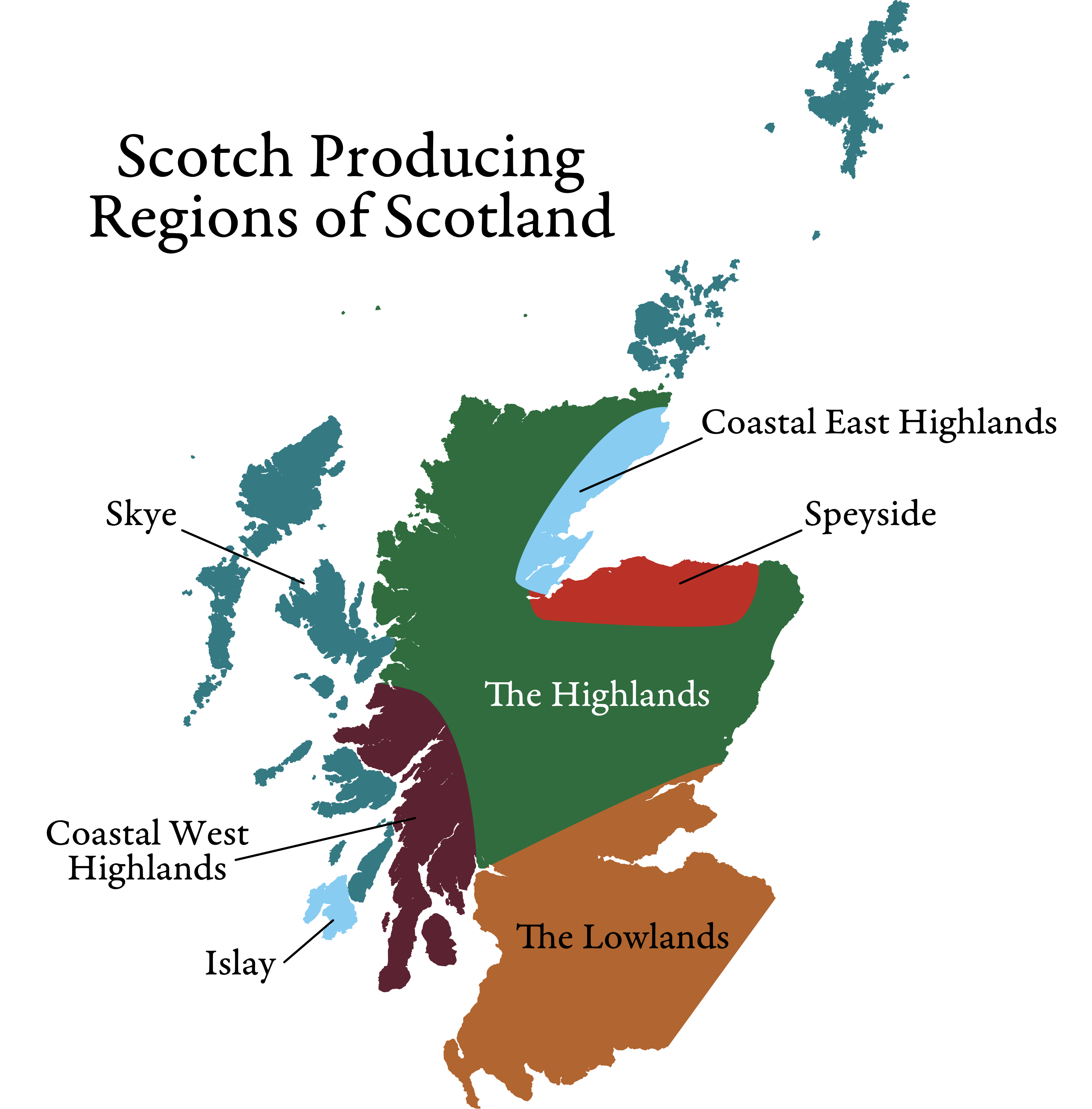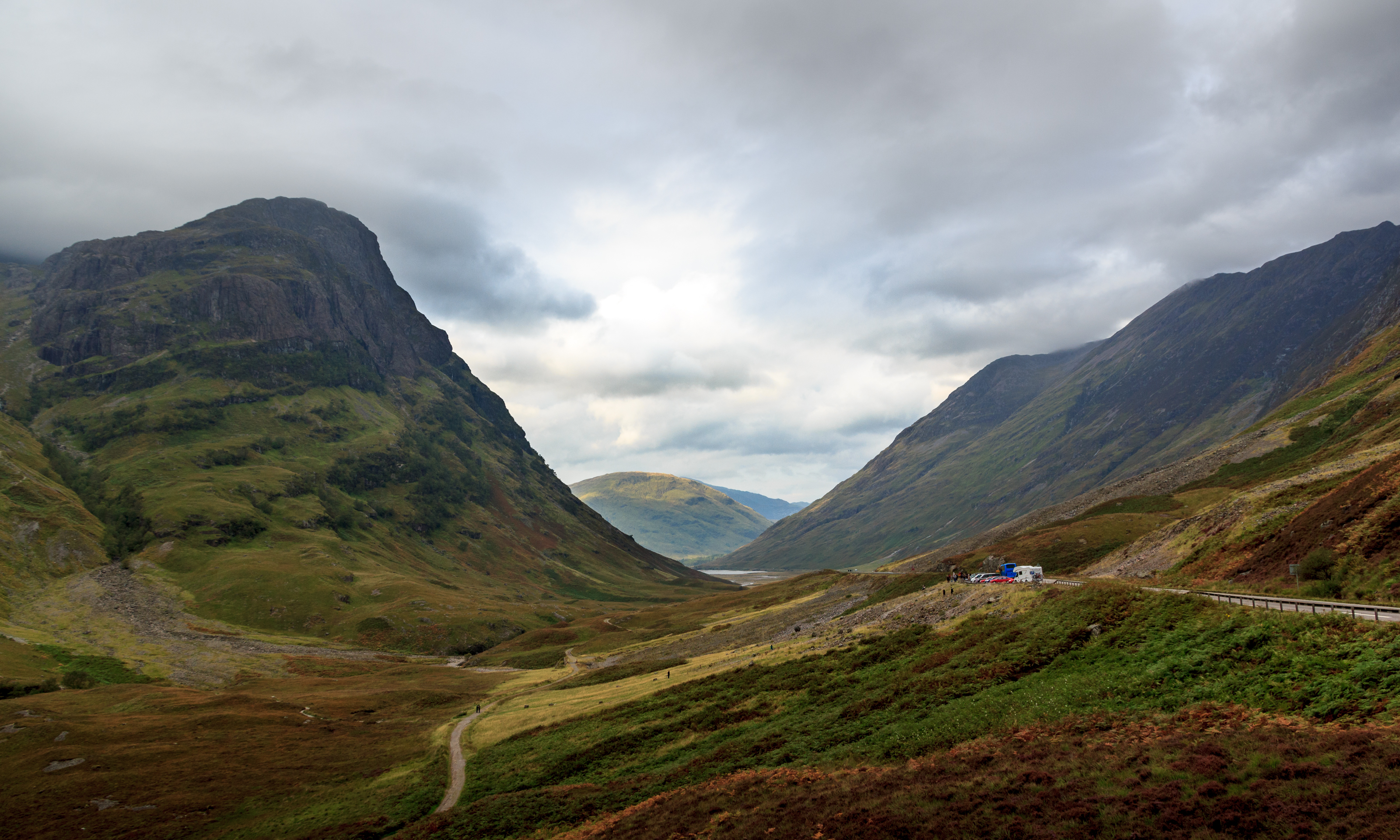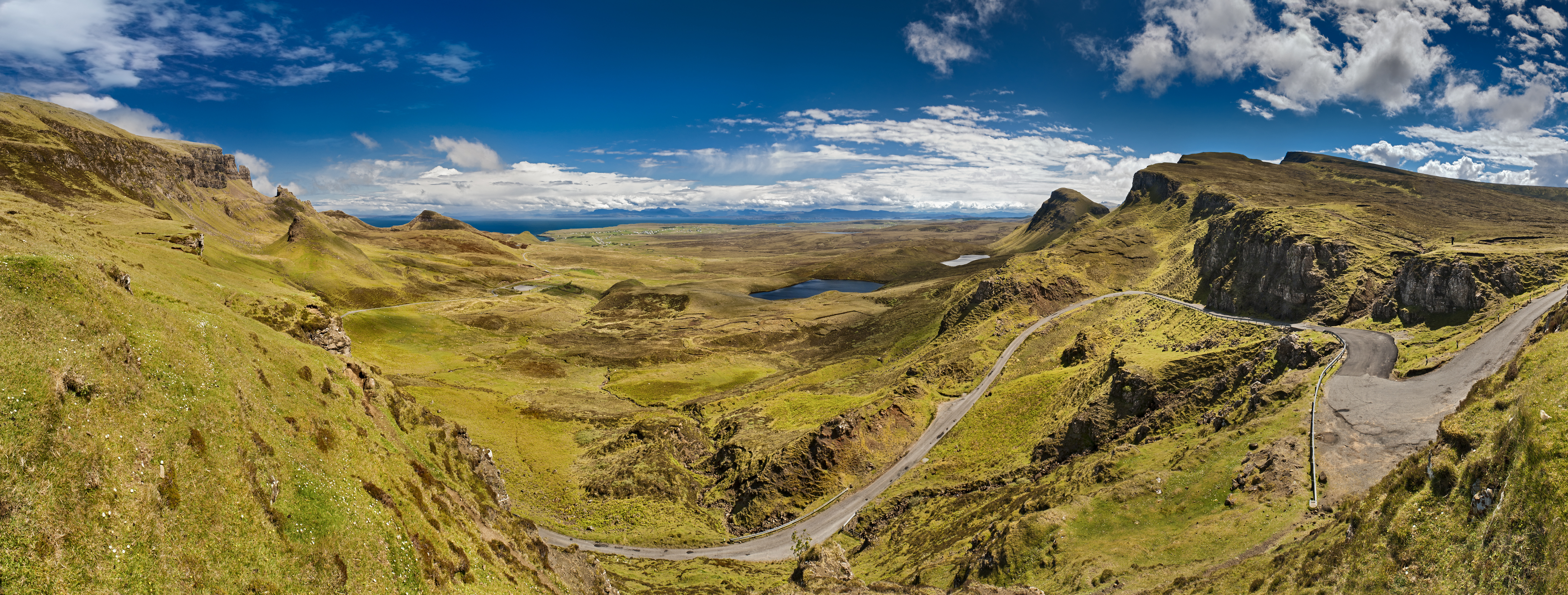DON'T DO IT!
Really. Trust us, we’ve tried to make it work, but most Halloween candy is a terrible match with wine. Don’t worry though, because Halloween candy pairs perfectly with whiskey!
O'Looney's Knob Creek 2016 Barrel Select
A dominating nose of cinnamon gives way to the delicate aroma of roasting chestnuts. This is followed by confirming notes of cinnamon, apricot, raisin, and pecan on the palate.
O'Looney's Crown Royal 2016 Barrel Select
A touch of sweetness gives way to notes of tropical fruit, including pineapple, date, and dried mango. On the palate, vanilla, caramel, and brown sugar evoke nuances of fruitcake and spiced bread.







